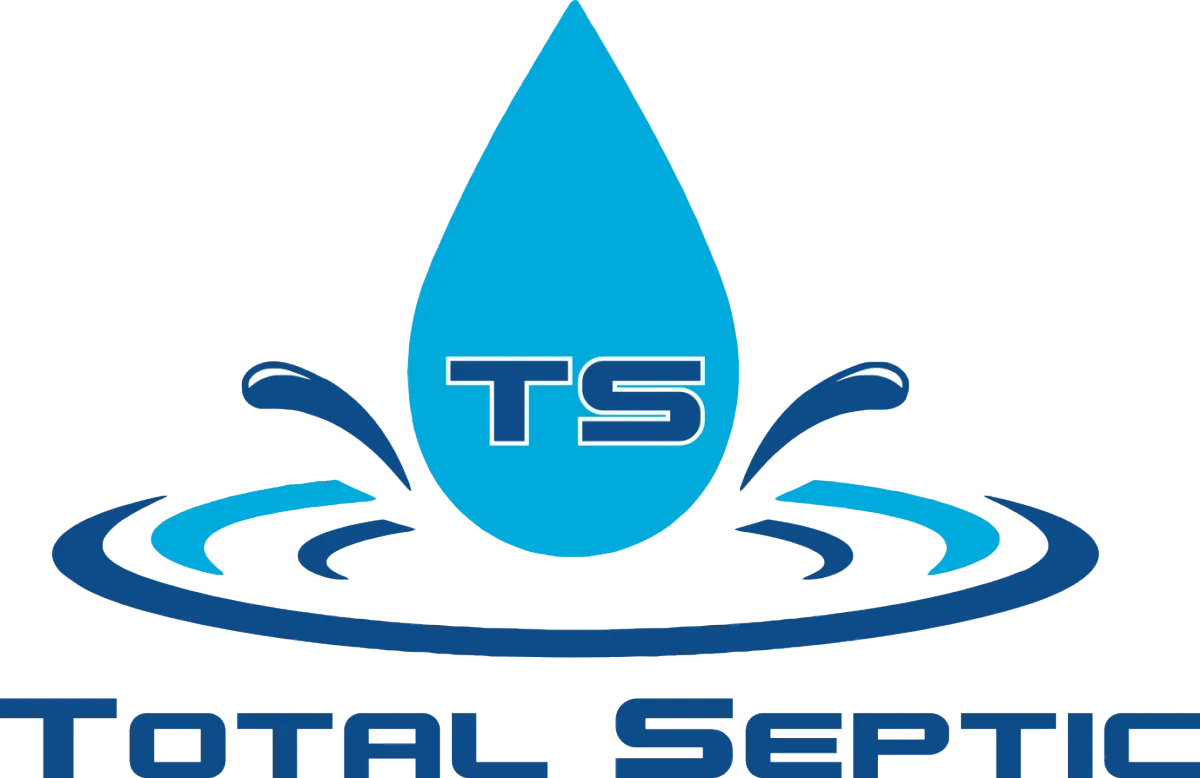
Serving Texas Counties: Collin, Grayson, Dallas, Denton, Rockwall, Fannin and Hunt
Septic Repair around North Dallas, Texas
Total Septic is Committed to superior quality and results!

AVOID COSTLY MISTAKES:
Do NOT hire an excavating contractor without first reading our free guide:
The ULTIMATE Excavation & Septic "Success Guide."

Septic Repair around North Dallas—What You Need to Know Today
If your sinks gurgle, drains move slowly, or your yard smells like sewage, you don’t have time for guesswork. You need clear answers and a fix that lasts. This guide breaks down Septic Repair in simple terms—what’s failing, why it happens, how to stop damage, and the smart steps to get it handled quickly in Texas. You’ll see the benefits of acting early, why hiring a qualified local team matters, and the exact process to go from first call to final verification without surprises.
How Can We Help?


Common Problems That Call for Septic Repair
Septic systems fail for three core reasons: age, overload, or damage. In our area’s clay-heavy soils and storm swings, issues show up fast. You might see backups after big rains, soggy patches above the drain field, or pump tank alarms. Other red flags include slow toilets, sewage odors, standing water, or bright green grass above the leach field. Left alone, a small clog can become a collapsed pipe, a burnt-out pump, or a ruined drain field—each more expensive than the last.
The Benefits of Timely Septic Repair
Fast action protects your home, wallet, and health. You reduce the risk of full failure that triggers emergency pumping and major excavation. You protect groundwater and wells by keeping effluent inside the system where it’s treated. You avoid code violations and fines. You extend system lifespan; a quick baffle replacement or riser fix costs far less than a new tank or field. Most of all, a working system restores comfort—no smells, no gurgles, and reliable drainage so daily life runs normally again.
What You Gain by Hiring a Local Septic Repair Pro
Going DIY on a septic system is risky and often illegal. Texas rules require specific repairs to meet code, and untrained digging can break lines, hit utilities, or flood your tank. A local pro brings three key advantages. One: precise diagnostics using cameras, dye tests, pressure checks, and load testing so you fix the root cause, not just the symptom. Two: deep knowledge of county permitting, soil conditions, and setback requirements—critical for compliance and future resale. Three: durable materials and proven methods that stand up to Texas heat, shifting soils, and heavy rain. The result is a repair that lasts and documentation that satisfies inspectors.
Repair Options for Septic Systems in Texas
Every fix starts with a pump-down and inspection. For tanks, typical repairs include inlet and outlet baffle replacement, adding lids and risers for easier maintenance, and sealing minor cracks or penetrations. For lines, technicians may jet clogs, replace collapsed sections, add cleanouts, or re-slope runs for proper fall. For pumps and aerobic units, common repairs include control panels, floats, diffusers, aerators, and alarms. For options range from resting and dosing strategies to targeted trench rehabilitation or, when required, partial reconstruction. Accurate testing guides the right, durable fix.
See Our Excavation & Septic Services

✔️ Commercial Excavation
✔️ Residential Excavation
✔️ Demolition
✔️ Dozer work
✔️ Septic inspections
✔️ Septic system pumping
✔️ Septic installs traditional systems
✔️ Septic tanks - aerobic systems
✔️ Septic tanks - Plastic/poly
Quality Services Launched FAST!

✔️ Septic tanks - Concrete
✔️ Sewer repairs
✔️ Trenching
✔️ Utilities Trenching
✔️ Pump Outs Installs
✔️ Maintenance Contracts
What Are You Waiting For?
The Process for Hiring a Septic Repair around North Dallas Service
Step 1: Call and Triage—share symptoms, system age, last pump date, and recent weather; limit water use.
Step 2: Diagnostics—locating, probing, cameras, hydraulic tests, and written findings.
Step 3: Estimate—line-item pricing with choices: repair now, repair plus prevention, or monitor.
Step 4: Permits and Schedule—provider manages paperwork and utility locates.
Step 5: Repair—protect landscaping, fix, test flows, and backfill.
Step 6: Verification—demonstration, reminders, and photo records.
How Pricing Works for Septic Repair
Prices vary by access, depth, soil, part quality, and urgency. Emergency calls cost more; night and weekend work can add fees. Expect separate costs for pumping, diagnostics, parts, excavation, electrical work, restoration, and grading. Ask for options that balance immediate relief with long-term value. A bid that skips diagnostics or uses weak materials can cost more later in Texas heat and shifting soils. Look for warranties on parts and workmanship, clear timelines, and cleanup standards that protect your lawn and driveway.
What Makes a Great Septic Repair Partner
Start with proof of licensing and insurance in Texas. Ask for recent local references and photos of similar repairs. Look for fast response and clean job sites. Communication matters: written scopes, plain-English explanations, and one point of contact. Confirm lawn, irrigation, hardscape, and utility protection. Ask about permit handling, inspection coordination, and as-built documentation. The best partners prevent the next problem by recommending maintenance habits, minor upgrades, and monitoring that reduce emergencies and extend system life.
Preventive Maintenance After Your Repair
Most systems need pumping every three to five years—sooner for large families, small tanks, or heavy disposal use. Keep vehicles off tanks and fields. Fix leaky toilets and faucets to reduce overloading. Spread laundry across the week, and route softener discharge and roof drains away from the system. In clay soils, surface water control is vital; gutters, grading, and swales keep your field from saturating. Schedule seasonal checkups for pumps, alarms, and aerobic components so minor issues are caught early. Consistent care preserves capacity, protects property value, and keeps the system dependable.
Your Next Step—Septic Repair
If you’re seeing symptoms, move now. Gather records if available, note the last pump date, and limit water use today. Photograph wet areas or alarm panels, then book a local evaluation. Ask for diagnostics, multiple options, and a written plan that aligns with Texas code and around North Dallas requirements. With the right partner, you’ll protect your home, your water, and your budget—and get back to normal faster. Fast, informed action turns a stressful situation into a confident repair that stands up to everyday use and the next storm.
Facebook
Google Plus